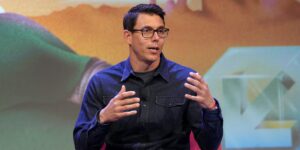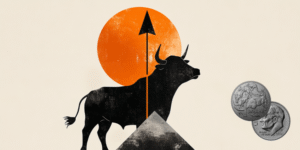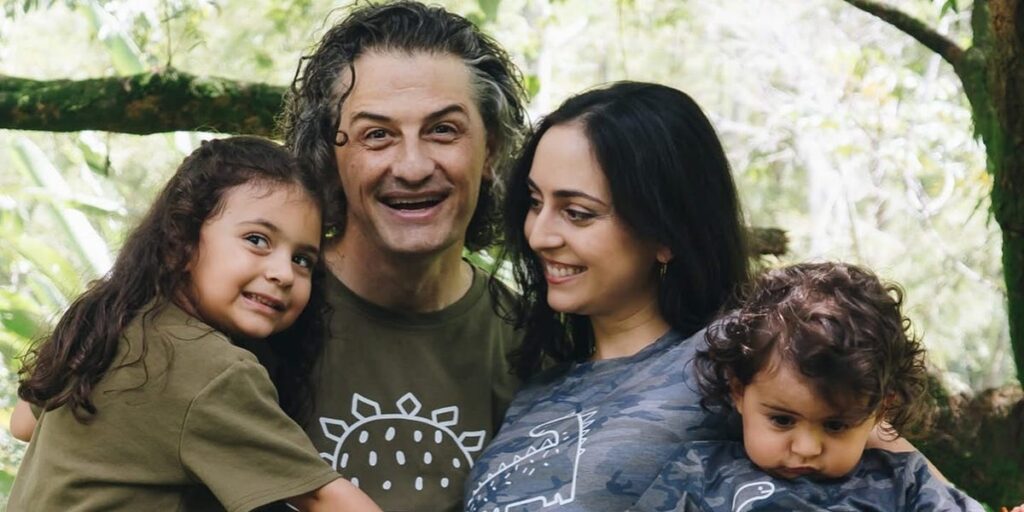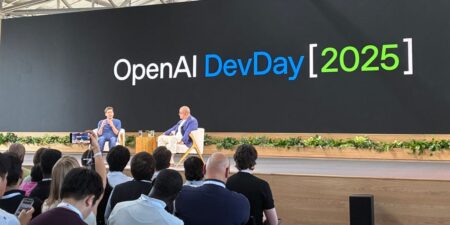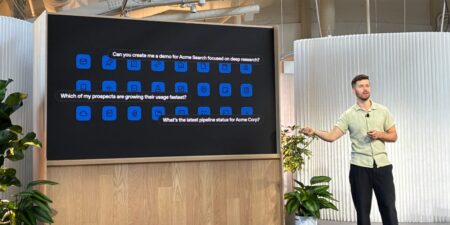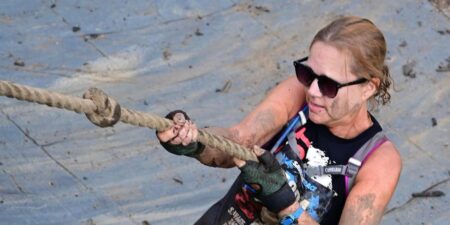This as-told-to essay is based on a conversation with Carey Bentley, 35, the CEO of Lifehack Method. It’s been edited for length and clarity.
A decade ago, I was deep in the corporate grind of brand management in Los Angeles. This meant long hours, endless meetings, and constant stress. I worked 12-hour days, chasing approvals, but I felt unfulfilled.
With an autoimmune condition that flares under stress, a vacation to Steamboat Springs, Colorado — where my phone wouldn’t stop pinging — was the breaking point.
I launched a side business while I was still working for my company. It was originally supposed to be a stand-alone course to teach people about productivity. As interest in the program increased, I realized my husband and I could do this full-time if we put all our energy into it.
After some research, I discovered that travel could actually cost less than life in LA. Instead of quitting outright, I negotiated a remote consulting role with my company, giving me the freedom to move abroad with my husband, Demir.
In June 2016, we sold everything, left LA, and moved to Ubud, Bali, with just three carry-ons.
We started the business in Bali
There, we discovered an entrepreneurial community, a slower pace, and a more sustainable lifestyle. It was the reset we needed.
My husband and I wanted to build a business that would allow us to live fully, work smarter, and help others do the same. That’s how the Lifehack Method was born — coaching professionals to achieve more without burning out.
In the early days, Demir was up at 4 a.m. for global calls while I ran digital marketing. It was intense, but we thrived on testing, listening, and refining. Bali’s culture of balance shaped our company’s philosophy. People we met in Bali didn’t work all day; they made time for family, community, and themselves.
Coming from a corporate world obsessed with hustle, this was a radical shift. We integrated that mindset into our work with clients, helping them create schedules that protected their health and allowed room for joy. While living in Bali, we even had time to take side trips to India, Singapore, Japan, and Thailand.
Settling into our new home was an adventure in itself. Getting around meant navigating chaotic streets on scooters, and the humidity hit like a wall. Rainstorms were a daily surprise, so we always had ponchos ready. But the rewards included great food, daily coffee rituals, and a perfectly unhurried pace of life.
Our business prompted us to relocate again
As our company grew, the Asia-US time difference became harder to manage. In 2019, we chose to relocate to Medellín, Colombia. It was a place we hadn’t explored before, but one that aligned better with our US-based clients. Leaving Bali was bittersweet, but Medellín quickly won us over with its modern amenities and family-focused culture. It was easy to feel at home.
We welcomed our first daughter in 2019, followed by two more in 2022 and 2024. The Colombian healthcare system was exceptional, and the at-home support we received was beyond what we would have found in the US.
We couldn’t have asked for a better environment to raise our children. Our kids were learning Spanish, immersed in two vibrant cultures. Our community — both local and expat — was a lifeline.
Family ties pulled us back to the US
As our family grew, we wanted to be closer to our aging parents.
Last October, we moved back to the US and settled in a walkable, rural community outside Atlanta. Life here is faster than our years abroad, but it’s given us the chance to build a village around our children. Long-term, we hope to return overseas — likely Asia or Europe once the kids are older.
We’d been taught that the American way was best, but living in Indonesia and Colombia forced us to reconsider everything we thought we knew.
My advice to anyone considering leaving corporate life to start a business abroad is simple: Build a financial runway, validate your idea, and choose a place where the cost of living allows you to thrive.
Do you have a story about moving to Asia that you want to share? Get in touch with the editor: [email protected]
Read the full article here



